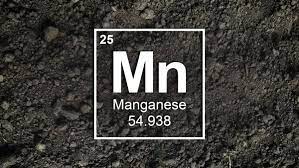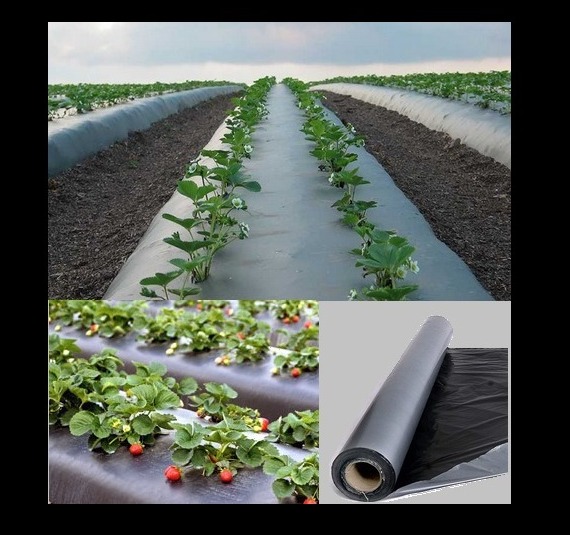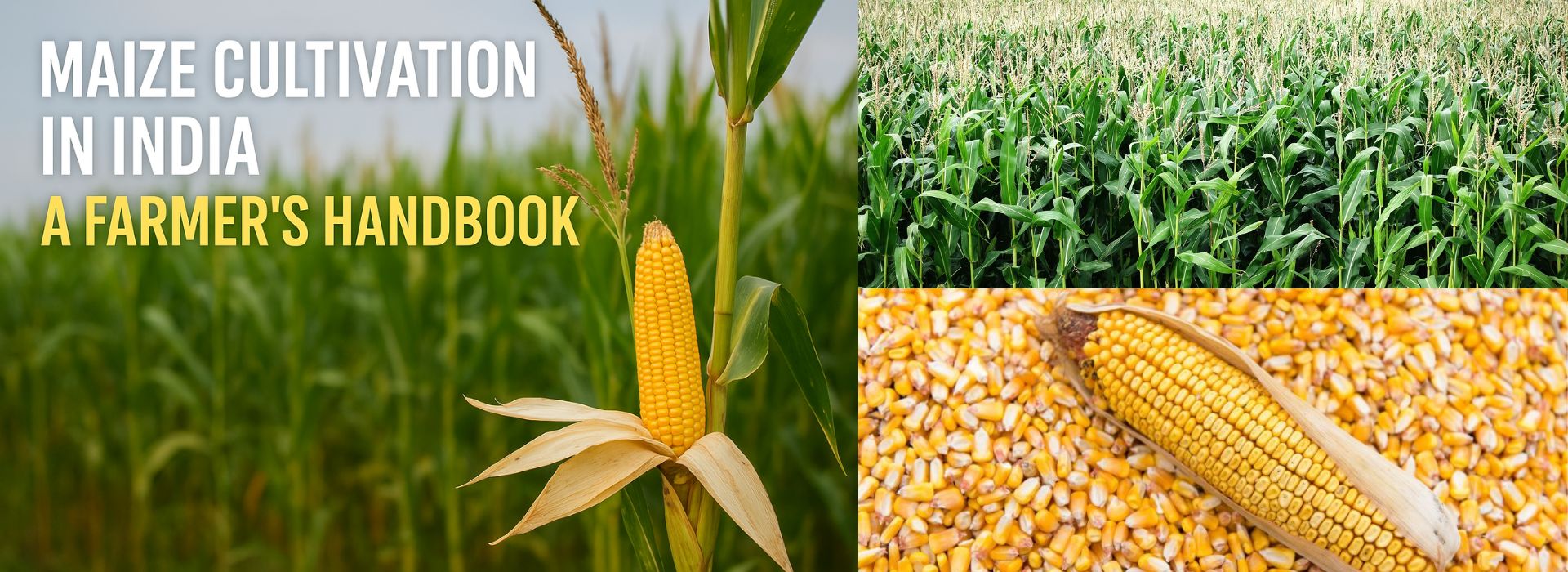Manganese Importance to Healthy Plant Growth
January 22, 2024Manganese (Mn) is one of the 17 elements essential for plant growth and reproduction. It is needed in only small quantities by plants, but like other micronutrients, Mn is ultimately as critical to plant growth as the major nutrients. Manganese in Plants The normal concentration range of Mn in plants is typically from 20 to 300 ppm. When the Mn concentration falls below 15 to 20 ppm, deficiency often occurs (Table 1).
Manganese (Mn) is one of the 17 elements essential for plant growth and reproduction. It is needed in only small quantities by plants, but like other micronutrients, Mn is ultimately as critical to plant growth as the major nutrients. Manganese in Plants The normal concentration range of Mn in plants is typically from 20 to 300 ppm. When the Mn concentration falls below 15 to 20 ppm, deficiency often occurs (Table 1).
| Crop | Mn sufficiency range, ppm | Responsiveness |
| Corn | 30-150 | Medium |
| Soybeans | 20-100 | High |
| Alfalfa | 30-100 | Medium |
| Wheat | 20-200 | High |
| Sugar beets | 30-150 | High |
| Sorghum | 18-190 | High |
| Cotton | 25-350 | Low |
| Potatoes | 30-200 | Medium |
Manganese in Soils
The Earth’s crust is about 0.11 percent Mn. Total Mn in soils generally ranges from about 20 to 3,000 ppm (0.002 to 0.30 percent), but only a fraction of this total is plant-available. The most common form of Mn in soil solution is Mn2+, which is often complexed by organic compounds. The concentration of Mn2+ in soil solution is highly pH dependent, with levels decreasing by about 100x with each unit of pH increase. Thus, plant-available Mn increases as soil pH decreases, so deficiencies are more likely to occur in alkaline soils. On the
Manganese Deficiency Symptoms
Manganese, like many other micronutrients, is immobile in plants. This is an important point because it means that deficiency symptoms will first appear on younger leaves since the plant cannot easily scavenge Mn from older tissue. Some crops are more susceptible than others to Mn deficiency. Sensitive crops include soybeans, small grains, peanuts, cucurbits, onions, peas, radishes, and beans. Symptom descriptions for selected crops are given below.
A soybean trial in Indiana compared a zero Mn control to foliar applications of chelated Mn and MnSO4, as well as various soil applications. Soil applications of Mn included broadcast, in-furrow, and placement with an acid-forming starter fertilizer. A treatment






Guest reviews
No reviews found for this Blog